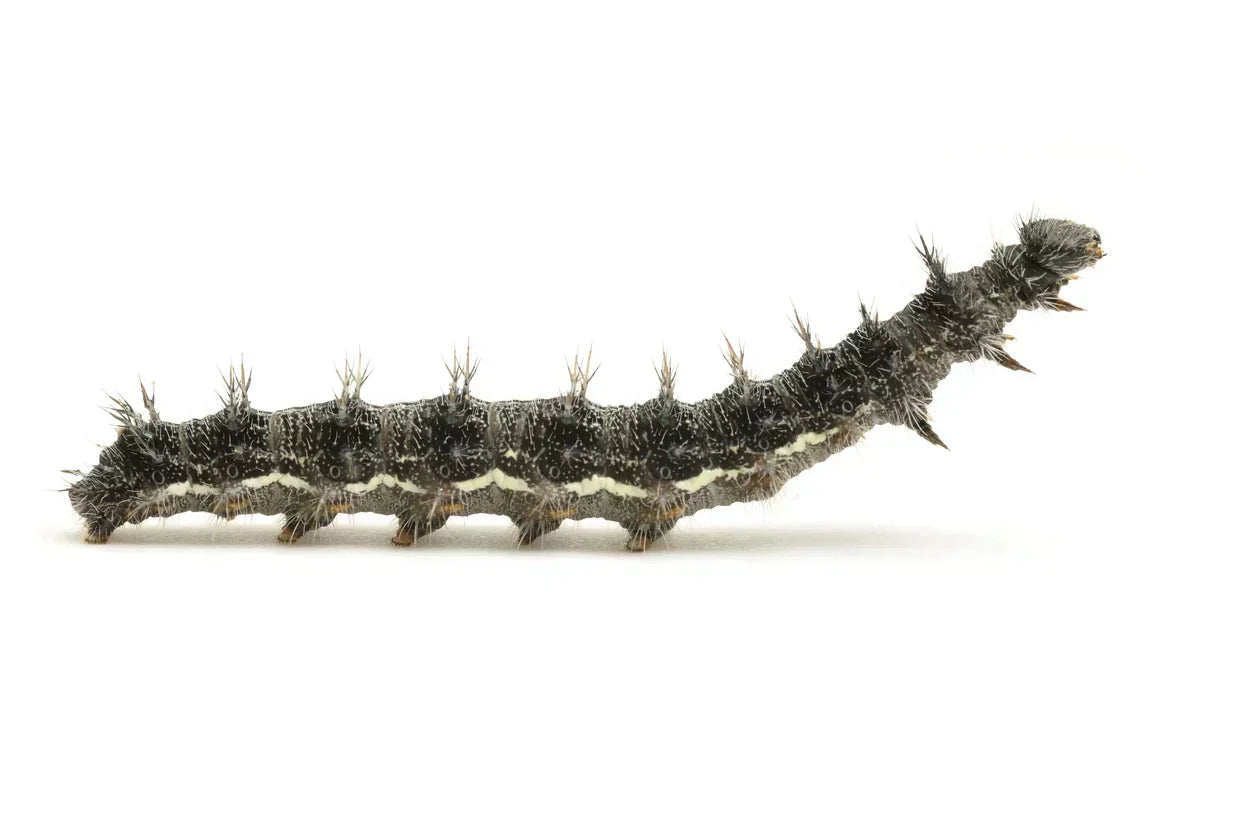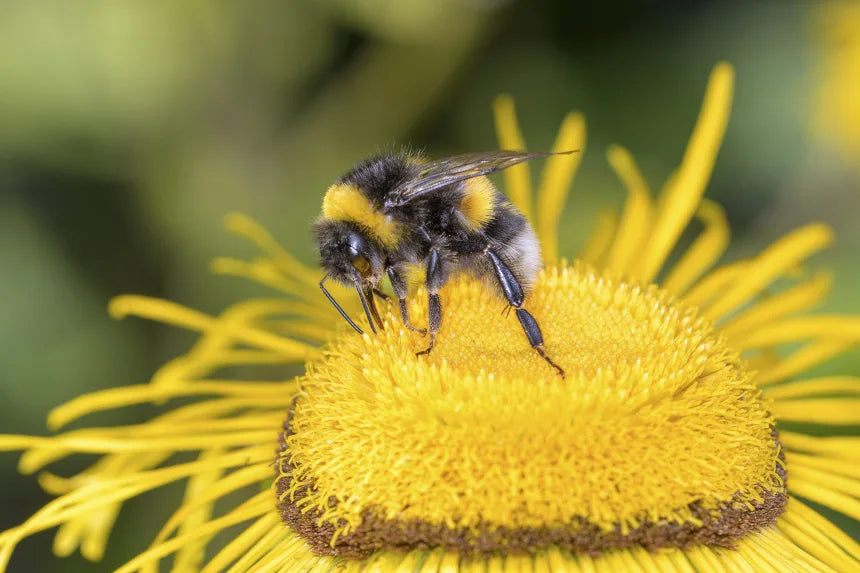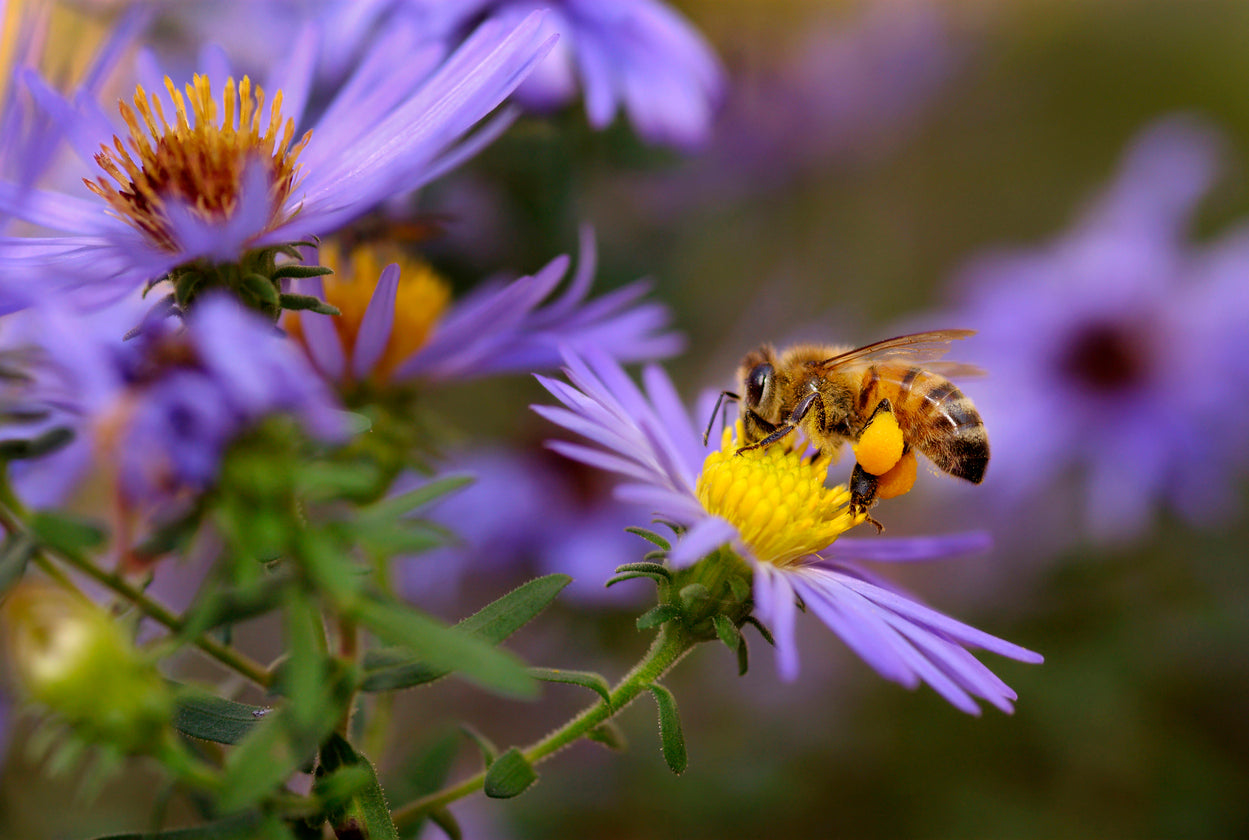Add description, images, menus and links to your mega menu
A column with no settings can be used as a spacer
Link to your collections, sales and even external links
Add up to five columns
Add description, images, menus and links to your mega menu
A column with no settings can be used as a spacer
Link to your collections, sales and even external links
Add up to five columns

Fun Facts About Caterpillars
By Spencer McManamna August 06, 2024 4 min read
Caterpillars are fascinating critters that captivate both scientists and nature lovers with their unique behaviors and incredible transformations. As the larval stage of butterflies and moths, caterpillars exhibit a range of intriguing traits, from their diverse and vibrant appearances to their remarkable metamorphosis into winged butterflies.
This article explores some of the most fun and surprising facts about caterpillars, shedding light on their role in nature, their many adaptations, and the extraordinary processes they undergo as they prepare for their dramatic journey to adulthood! Read our blog on Butterfly facts if you want to know some important facts about butterflies too!
Caterpillars are Eating Machines
Caterpillars undergo a remarkable growth process, increasing their weight by up to 10,000 times from the time they hatch until they are ready to pupate. This impressive weight gain is achieved through a series of molts, or ecdysis, during which the caterpillar sheds its old exoskeleton to accommodate its rapidly expanding body.
Typically, a caterpillar molts between 4 to 6 times, each time growing larger and more developed. This continuous process allows them to consume large amounts of food, store energy, and build the necessary resources for their dramatic transformation into a pupa, and eventually, a fully formed butterfly.
Caterpillars Have About 4,000 Muscles in Their Bodies
Caterpillars possess a complex musculature system that is essential for their movement and feeding. Their bodies are equipped with a sophisticated arrangement of muscles, including approximately 400 muscles in their head alone! These muscles are crucial for manipulating the mandibles and other mouthparts used to chew through vegetation.
For locomotion, caterpillars rely on a series of longitudinal and circular muscles arranged in segments along their body. Longitudinal muscles contract and relax to shorten and elongate the caterpillar's body, while circular muscles help control the movement of the segments. This combination allows caterpillars to perform their characteristic "inchworm" motion, where they switch between contracting and stretching their body to crawl forward efficiently.
Some Caterpillars Can Make Silk
Caterpillars produce silk through specialized structures known as spinnerets, located at the rear end of their abdomen. These spinnerets are connected to silk glands that secrete a liquid protein which hardens into silk threads when exposed to air. While both moth and butterfly caterpillars produce silk, their usage can vary.
Moth caterpillars often spin extensive silk cocoons for protection during their pupal stage, with silk serving as a strong, protective encasement that shields them from predators and environmental hazards. In contrast, butterfly caterpillars typically produce silk for creating smaller, less dense structures such as anchor threads to attach themselves to surfaces or for forming a slight protective layer around their chrysalis. The silk serves many functional purposes, like creating a secure and safe attachment site, and providing protection from an unpredictable environment!
Caterpillars Use Toxins from Host Plants as a Defense
In addition to their vivid colors and spiny bristles, which serve as visual and physical deterrents against predators, caterpillars have developed another remarkable defense mechanism: the ability to consume toxic plants and incorporate these chemicals into their own bodies! You are what you eat!
Certain caterpillars, such as those of the monarch butterfly, feed on plants like milkweed that contain potent toxins which they then store in their tissues. These toxins can make the caterpillars distasteful or even toxic to potential predators, providing them with a chemical defense that complements their physical defenses. This strategy not only deters predators but also enhances their survival chances by leveraging the natural defenses of the plants they munch on!
Caterpillars Turn into Liquid Before Becoming Moths or Butterflies
As caterpillars prepare for their metamorphosis into butterflies or moths, they undergo a dramatic process where they essentially digest themselves! During this stage, known as larval ecdysis, the caterpillar's body breaks down into a nutrient-rich soup within the chrysalis or pupa. This digestive process is facilitated by enzymes that dissolve much of the caterpillar’s tissues.
As this dissolution continues, specialized cells called imaginal cells come into play. These imaginal cells, which remain dormant until this critical stage, act as rebuilding mechanisms during metamorphosis. They are responsible for regenerating and organizing the new structures of the adult insect, including wings, antennae, and reproductive organs. As the caterpillar's old tissues break down, the imaginal cells proliferate and differentiate, transforming the pupa into a fully developed butterfly or moth.
Some Caterpillars Can Live Underwater
Some species of caterpillars exhibit fascinating adaptations for aquatic or semi-aquatic environments. For example, the caterpillars of the water tiger moth (Lonomia obliqua) and various species of crane flies are adapted to live in or near water.
Some species of Hyposmocoma caterpillars in Hawaii can also live in and out of water. These aquatic caterpillars, also known as aquatic larvae, inhabit environments like ponds, marshes, or slow-moving streams, where they have evolved to thrive in these unique habitats. They often have specialized adaptations such as streamlined bodies, aquatic breathing structures, or the ability to cling to submerged vegetation.
Semi-aquatic caterpillars, such as those of certain moth species, can be found in marshy or wetland areas where they use their skills to navigate both terrestrial and underwater environments!
Related products
Also in Butterflies

Ultimate Guide to Pollinators
December 15, 2025 8 min read
Pollination is the transfer of pollen from an anther of a plant to the stigma of a plant, which makes fertilization and the production of seeds possible. Read on to discover the uniquely incredible world of pollination, which brings so many priceless gifts to our own world.

Tips for Implementing STEM Education in the Elementary Classroom
December 11, 2025 4 min read
In this article, we'll help explain practical strategies for bringing STEM into daily instruction and will explore specific butterfly-metamorphosis activities that enrich your students’ scientific understanding!

History of National Pollinator Month
December 11, 2025 4 min read
National Pollinator Month, observed every June, is dedicated to raising awareness about the essential role pollinators play in sustaining our ecosystems, agriculture, and global food supplies.

Enter Your Voucher Code Below
If you are experiencing difficulty redeeming your voucher on your desktop, please use a mobile device for a better redeeming experience.

We are unable to combine redemption fees. If you are redeeming 1-5 voucher codes, please complete separate purchases through our website for each voucher. If you are redeeming 6+ vouchers, please email us at customerservice@insectlore.com with your voucher codes and shipping address and we'll send you a custom invoice for payment.
Thank you for Redeeming your voucher!
You redeemed a $title

Don't miss this special one Time Offer.
Check the Box to Add this Special Offer to your Cart

Don't miss this special one Time Offer.
Check the Box to Add this Special Offer to your Cart
It looks like you are an Insect Lore UK/EU customer! You are visiting the Insect Lore USA website.
Click Insect Lore UK/EU website to be redirected to insectlore.co.uk.



